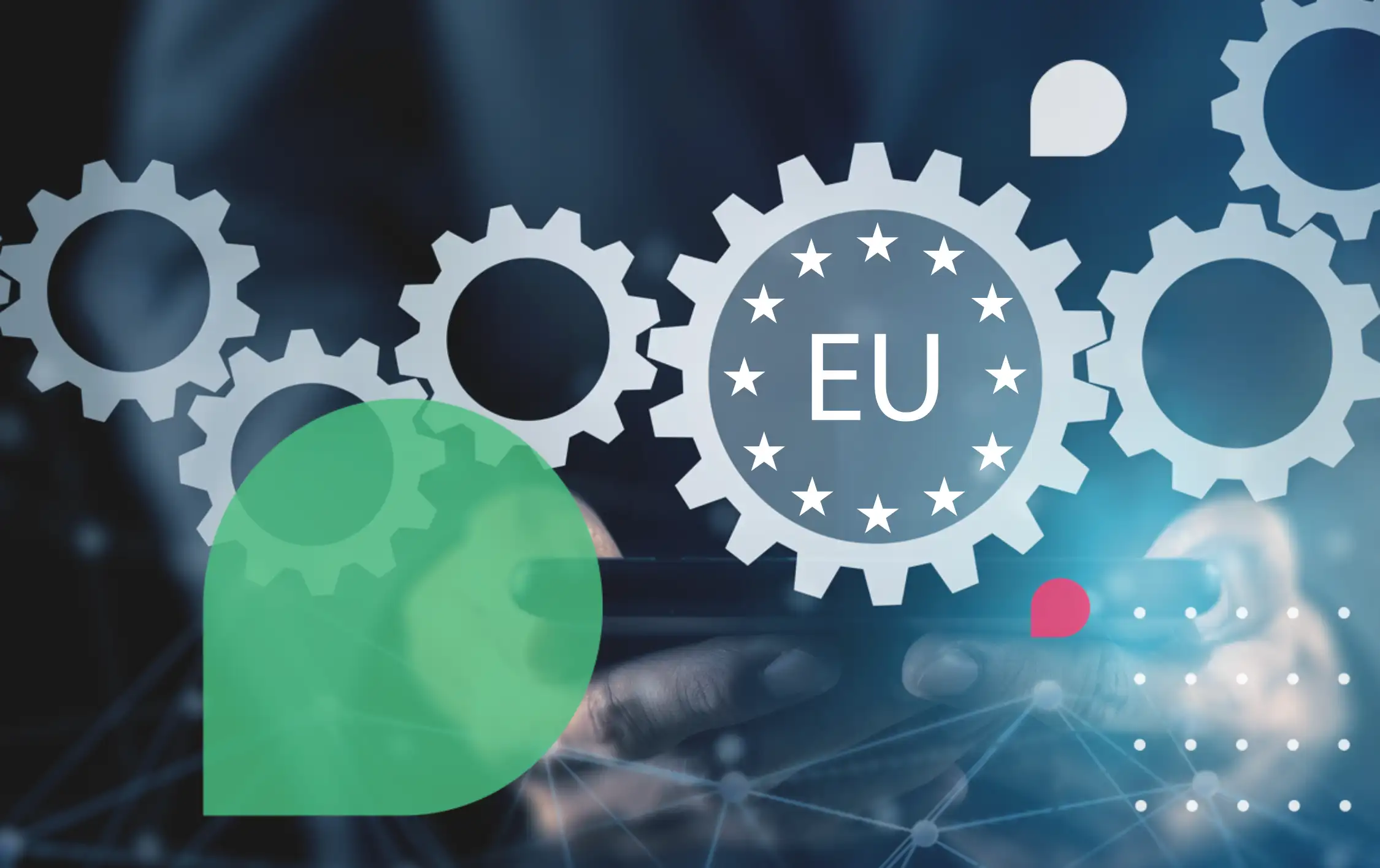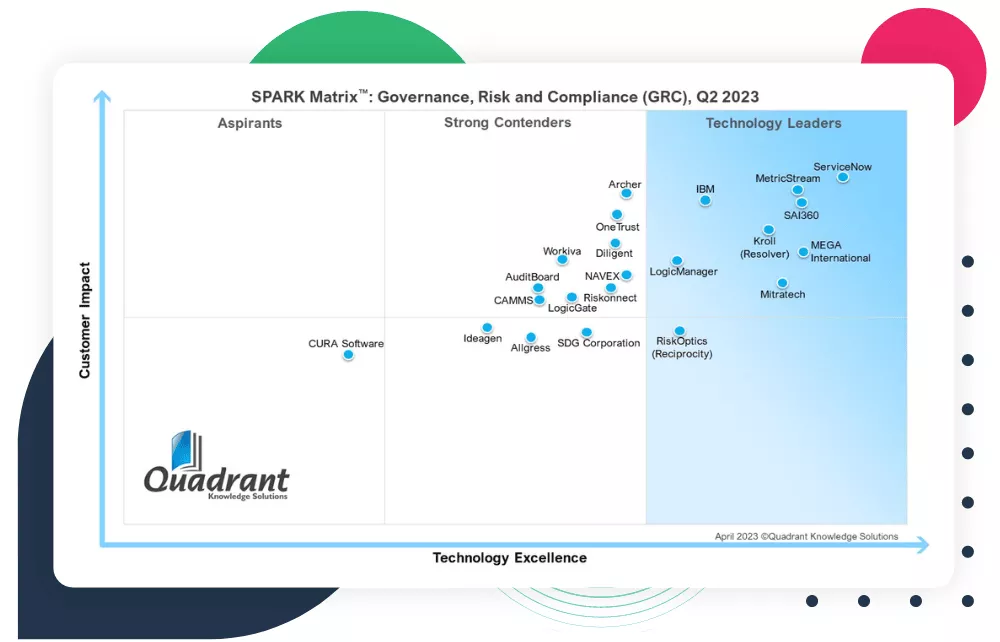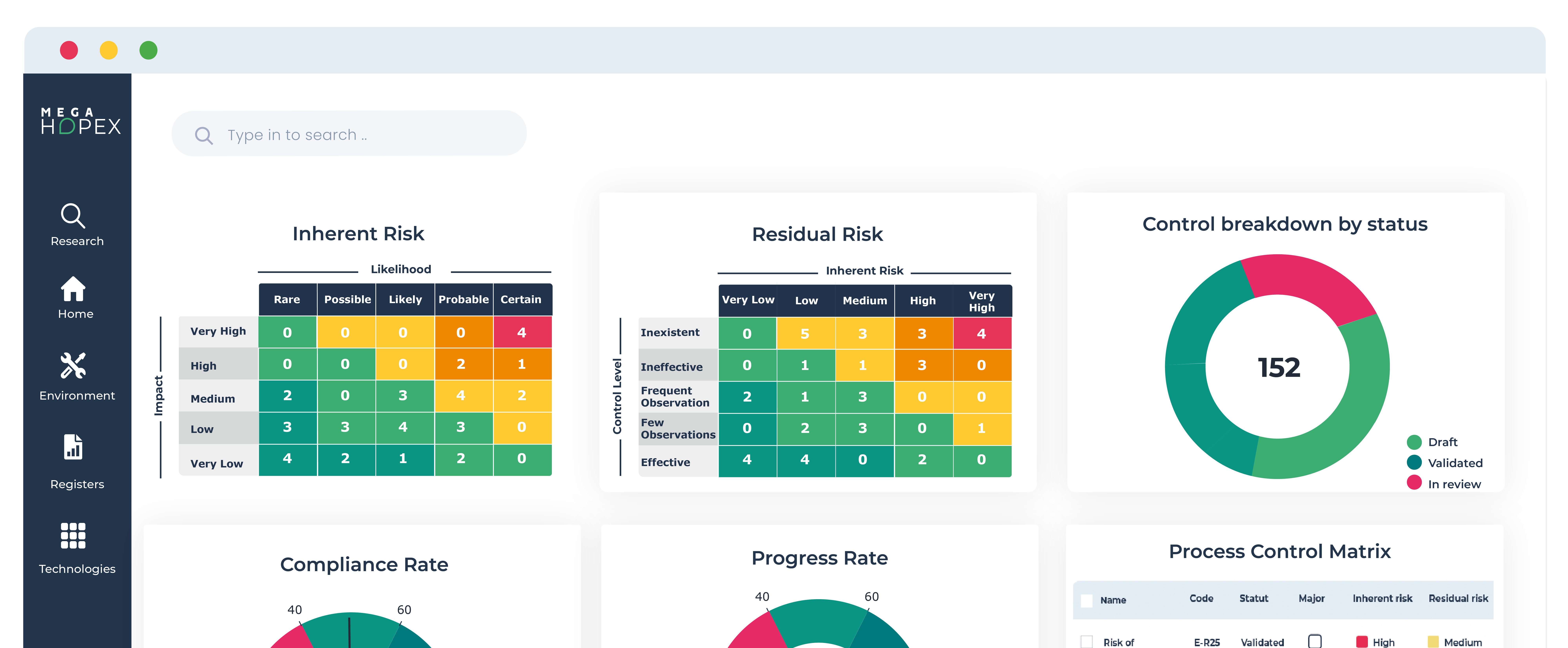
Improving cybersecurity through Compliance and Security Architecture
In today's digital age, cybersecurity is not just a technical topic but a critical business concern. With cybercrime rates soaring, organizations must fortify their defenses to protect sensitive information and maintain trust. This article explores how compliance and robust security architecture are essential to enhancing cybersecurity.
Organizations under Cybersecurity Threats
Organizations worldwide are under constant threat from cybercriminals. Cybercrime rates have surged dramatically, with the global cost expected to reach $23.82 trillion annually by 2027 (Statista). The increased reliance on digital infrastructures, remote work, and connected devices has expanded attack surfaces, making cybersecurity more critical than ever. Cybercriminals employ sophisticated methods, such as "big game hunting" and "double extortion," to maximize their impact. In 2023 alone, there was over 2,200 cyberattacks per day a 103% increase compared to 2022 (Security Magazine).
Cybercriminals are not just targeting financial gains but also seeking to disrupt critical infrastructure and services. For example, the healthcare sector has seen a significant rise in ransomware attacks, which can have life-threatening consequences. The financial sector is also particularly vulnerable, with cyber threats posing serious concerns for financial stability, potentially leading to economic disruptions (IMF).
A Plethora of Regulations and Lack of Vigilance
The financial implications of cyberattacks extend beyond ransom and reputational damage. Data breaches can take an average of 287 days to identify and contain, with an average cost of $4.45 million per breach (IBM & Ponemon Institute). Furthermore, non-compliance with regulations like GDPR, CCPA, and the upcoming DORA can lead to hefty fines. For instance, Google faced a $57 million fine, and British Airways was fined $230 million for GDPR violations. These regulations underscore the need for rigorous cybersecurity measures to safeguard organizational data integrity.
The rise in regulatory requirements presents a complex landscape for businesses to navigate. Compliance is no longer optional but a critical component of business operations. However, many organizations still lack vigilance, often underestimating the importance of continuous compliance. This gap in vigilance can lead to severe financial and operational consequences, especially as regulatory bodies are becoming more stringent in their enforcement actions.
Towards Zero Trust: Optimizing the Organization and Security Architecture
Managing compliance across multiple regulatory frameworks requires a robust organizational structure and a zero-trust approach to IT security. This involves continuous IT compliance efforts from security managers, enterprise architects, and compliance managers. A comprehensive security architecture integrates these efforts, defining stakeholder roles in security processes. According to McAfee, 83% of organizations experienced a cloud security incident in 2023, highlighting the need for robust cloud security architectures and a zero-trust model to mitigate risks.
A zero-trust security model operates on the principle that no entity, whether inside or outside the network, should be trusted by default. This approach requires rigorous identity verification, granular access controls, and continuous network activity monitoring. Organizations can reduce the risk of unauthorized access and data breaches by implementing zero trust. Additionally, a well-defined security architecture helps streamline compliance efforts by providing a clear framework for managing security policies and procedures.
Third-party: The Weakest Link to Meet Compliance Standards
Cyberattacks frequently exploit vulnerabilities in third-party providers, making third-party risk management crucial. Compliance with IT security standards is now a prerequisite for business partnerships. The European DORA regulation mandates audits and security scoring for critical ITC (Information Technology and Communication) third-party providers to financial institutions. In 2023, supply chain attacks rose by 42%, emphasizing the need for stringent third-party risk management (TechNewsWorld). Cybersecurity is a collective responsibility, with 95% of incidents caused by human error. Leadership must set an example by implementing and adhering to robust cybersecurity measures.
Third-party vendors and partners often have access to sensitive data and critical systems, making them attractive targets for cybercriminals. Organizations must ensure their third-party partners adhere to the same security standards and compliance requirements. This involves conducting regular audits, implementing stringent access controls, and continuously monitoring third-party activities. By doing so, organizations can mitigate the risks associated with third-party vulnerabilities and enhance their overall security posture.
Summary
Cybersecurity is a critical concern for businesses today, with rising cyber threats and stringent regulations. Organizations must adopt a zero-trust approach and robust security architecture to protect against sophisticated cyberattacks. Managing third-party risks and ensuring continuous IT compliance are essential steps to safeguard operations and reputation.
Strengthen cyber resilience with an integrated solution

A five-step approach to strengthen your company's cyber resilience, offering key benefits:
- Protect organizations from cyber disruptions
- Comply with cyber resilience regulations
- Align cyber resilience management with business objectives
- Maintain a proactive cyber resilience stance
Governance, Risk and Compliance Related Content
Enhance operational resilience using integrated risk management
MEGA HOPEX for GRC
Request a demonstration of HOPEX for GRC, and see how you can have immediate value of your projects.













